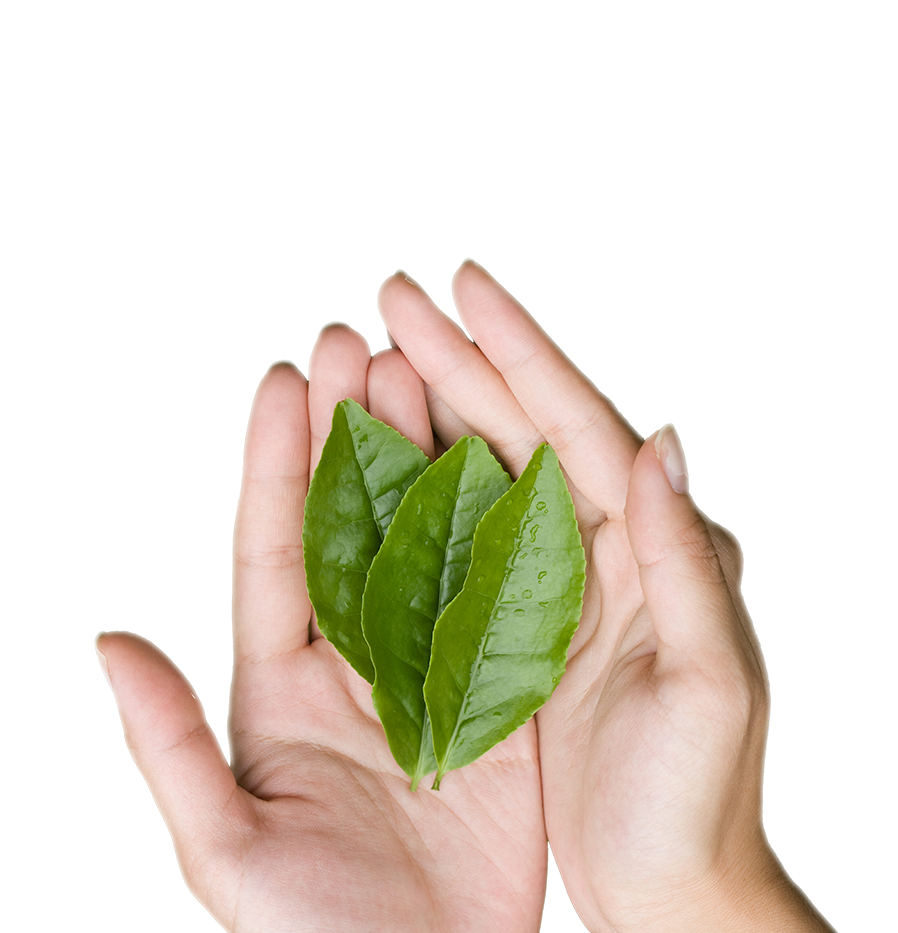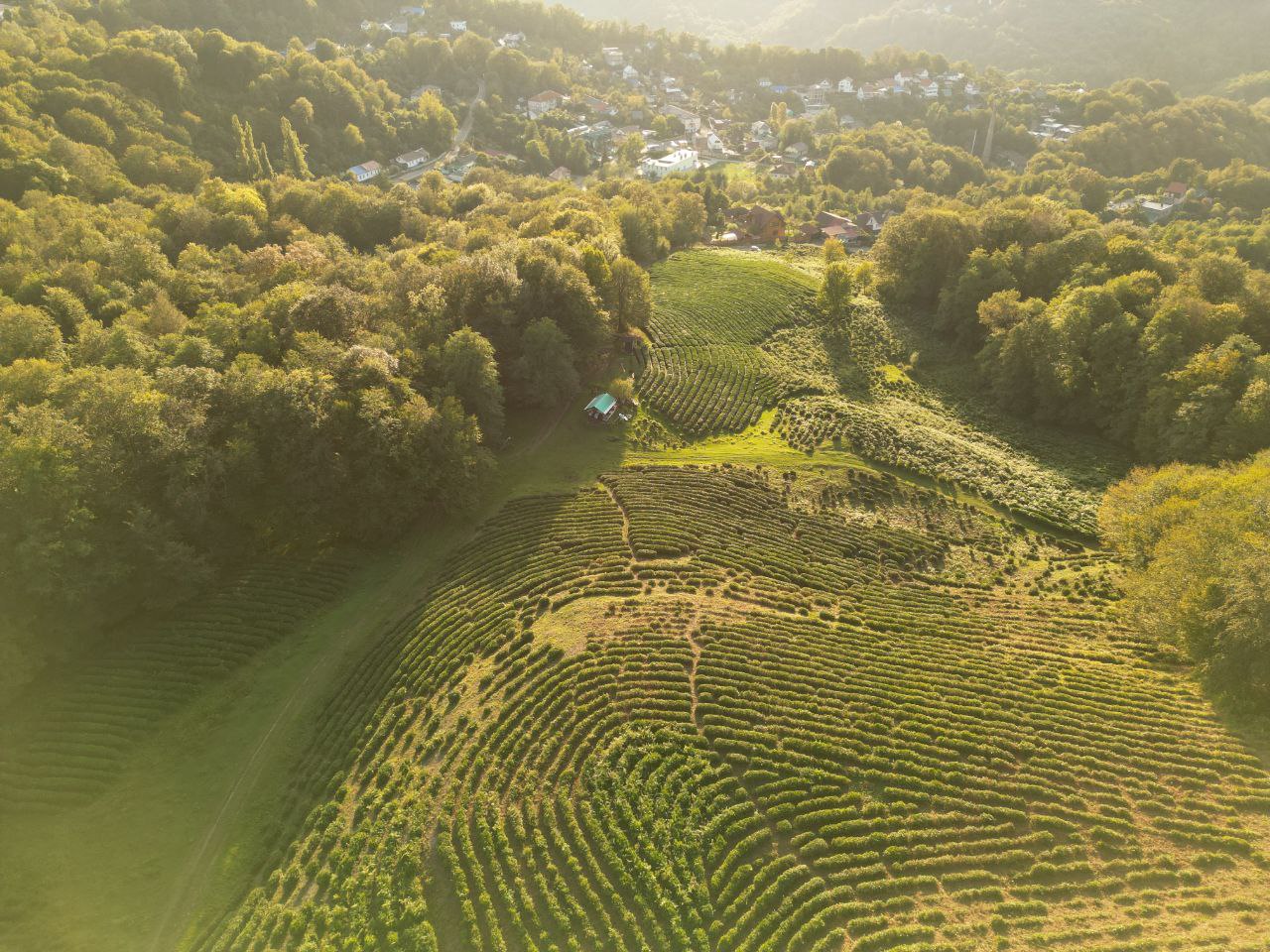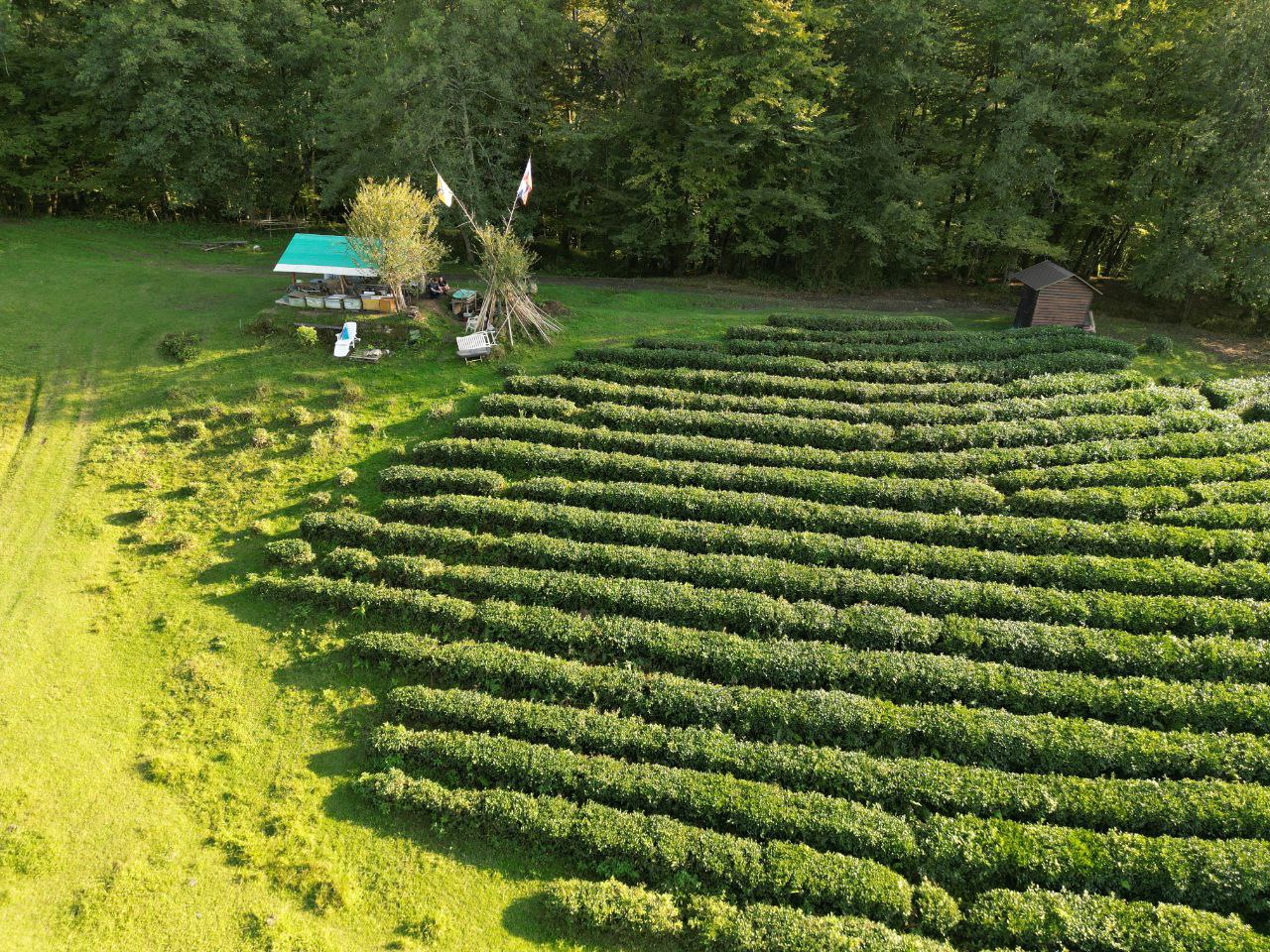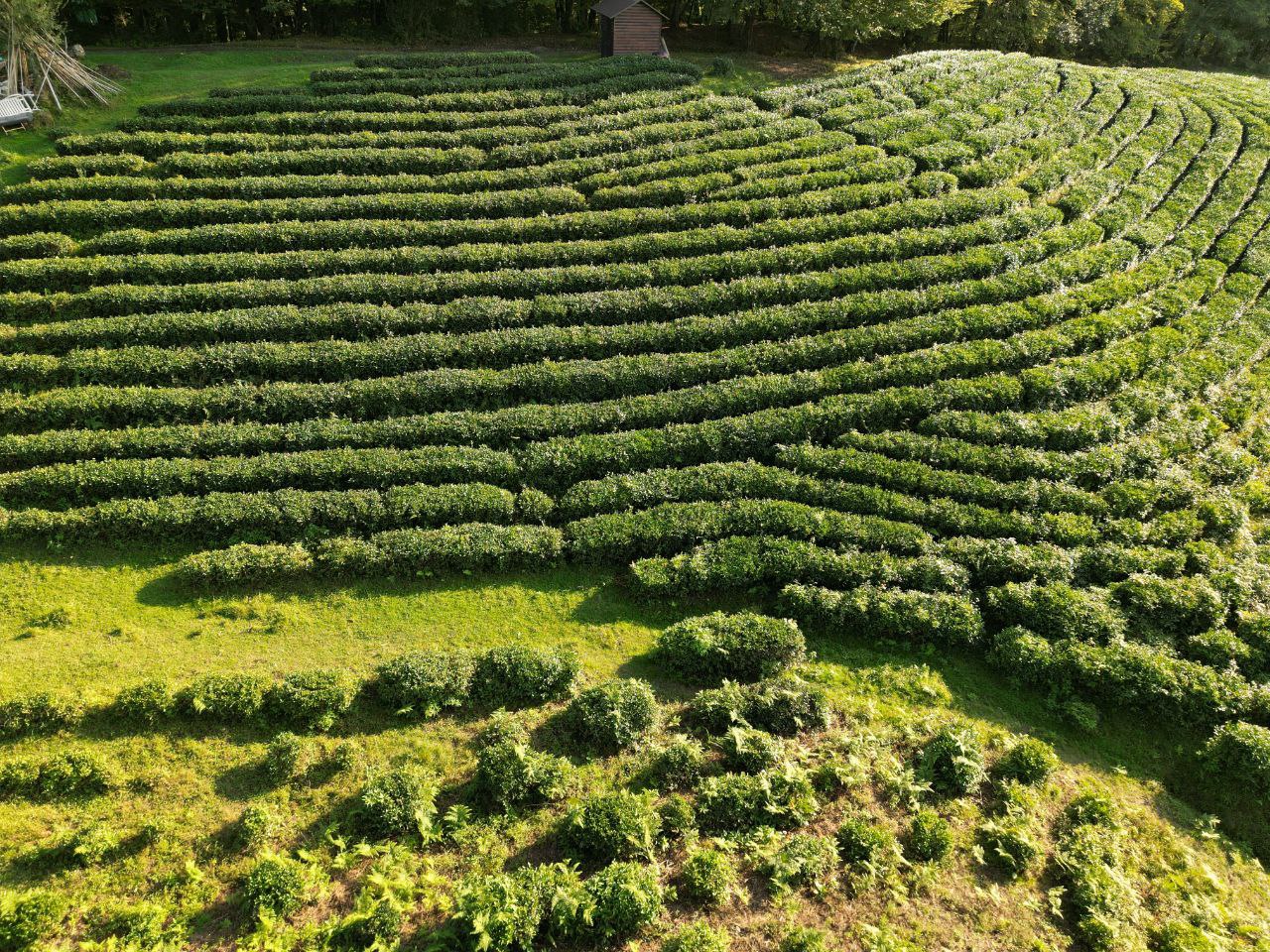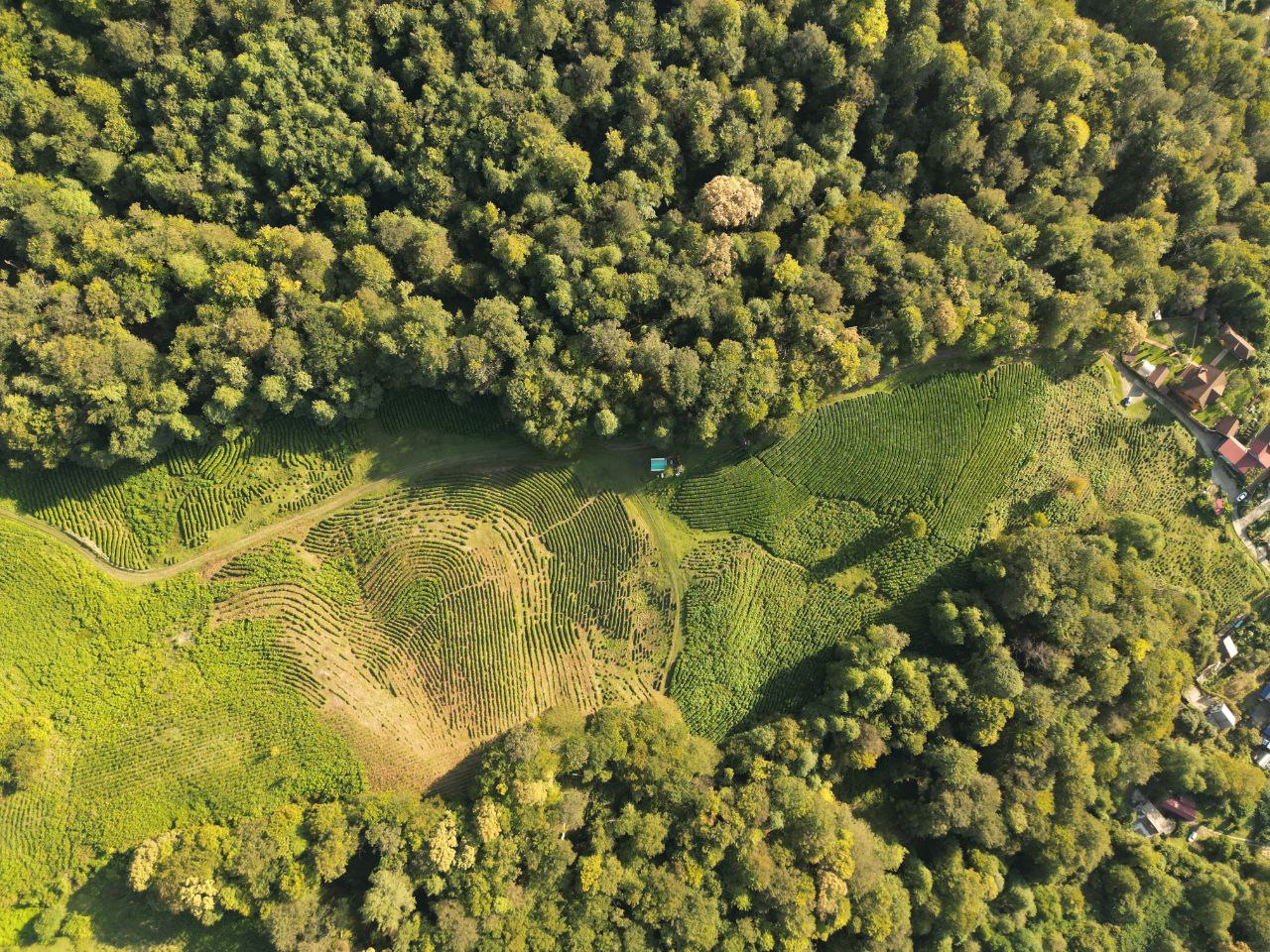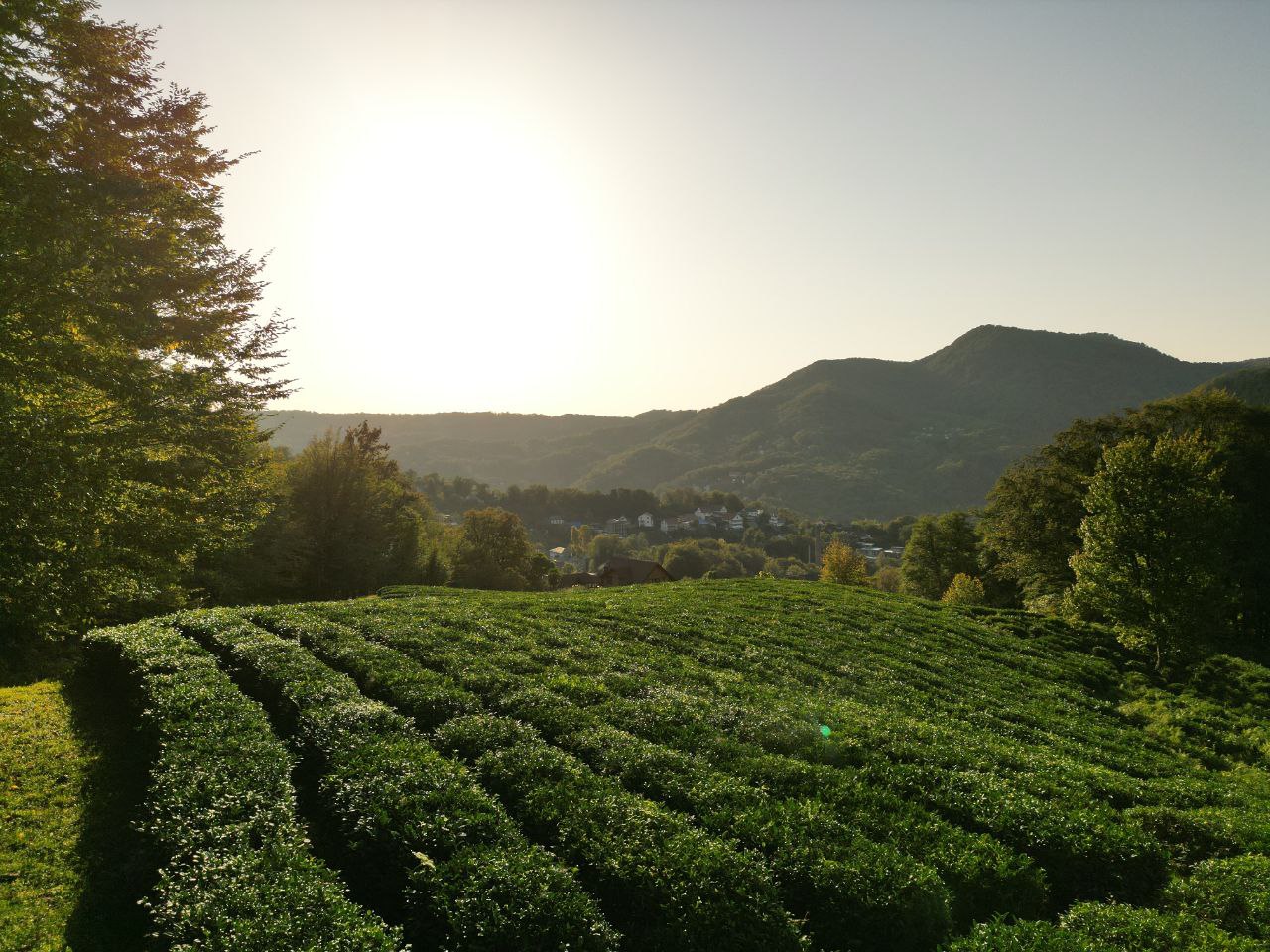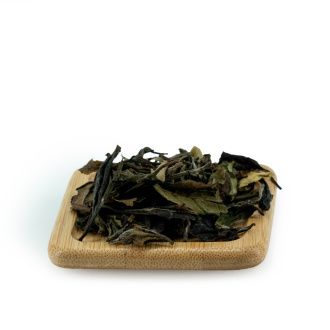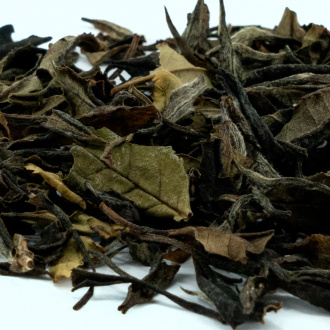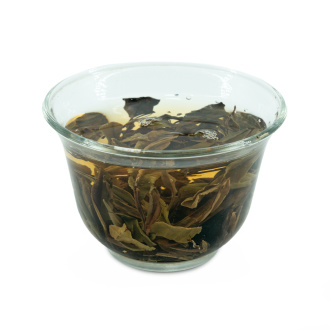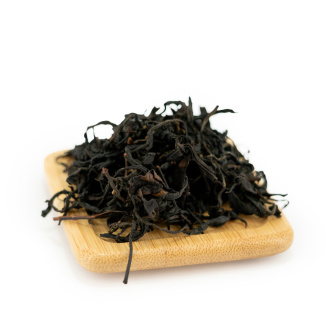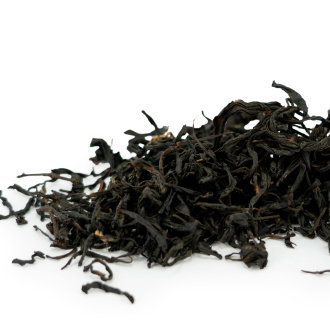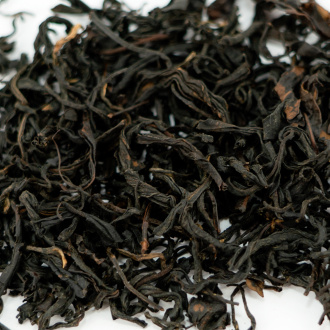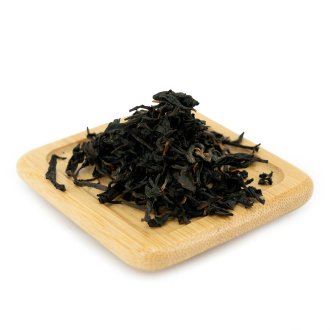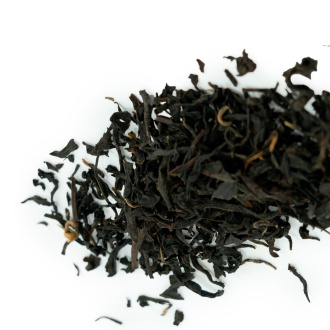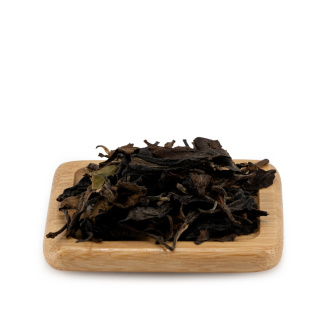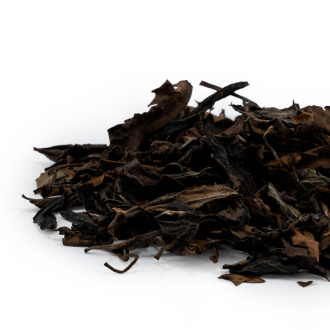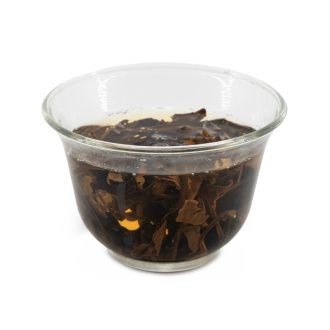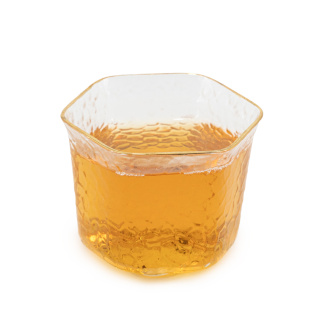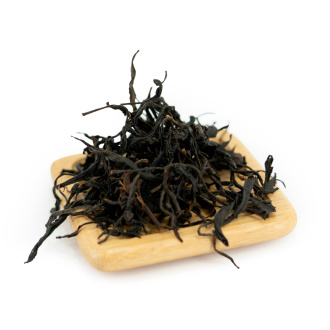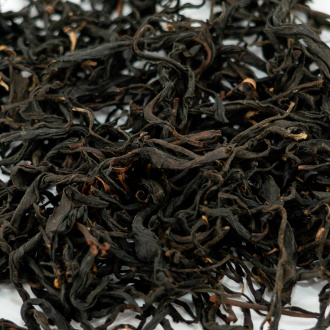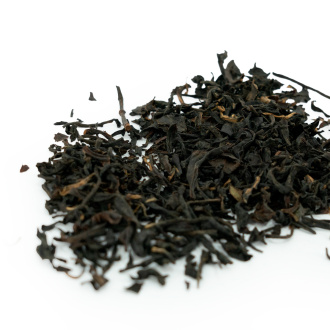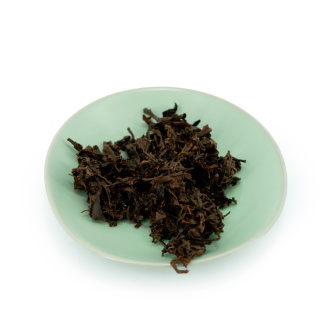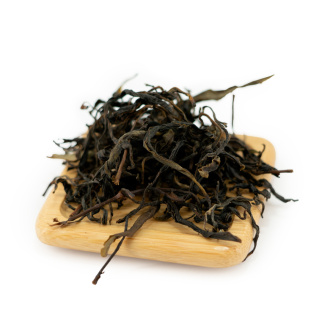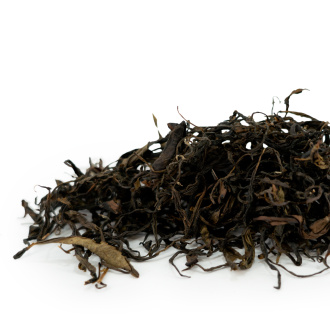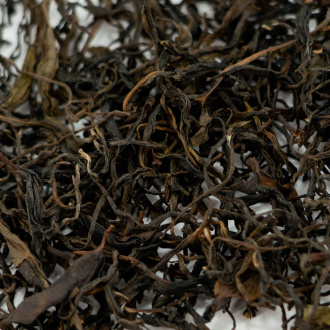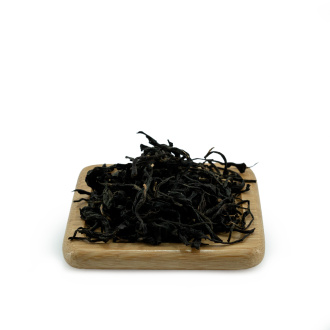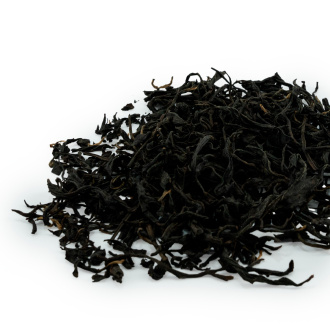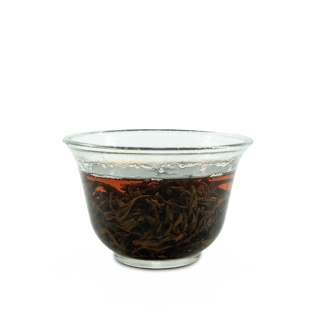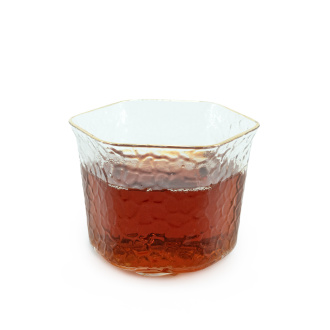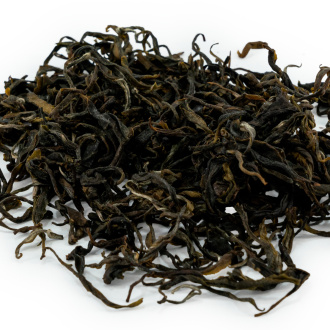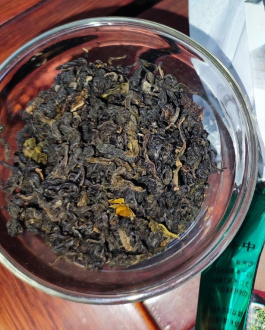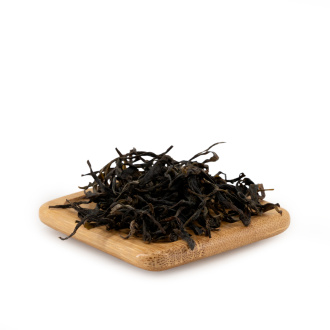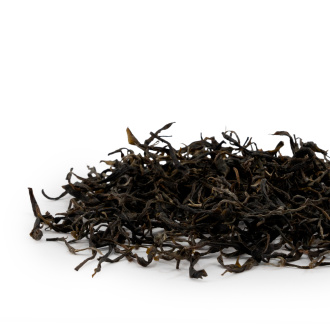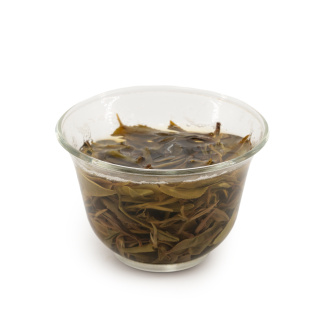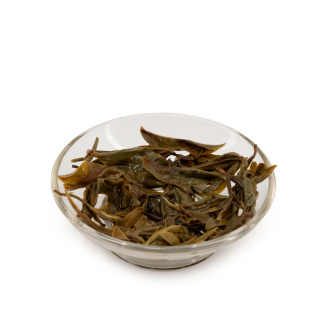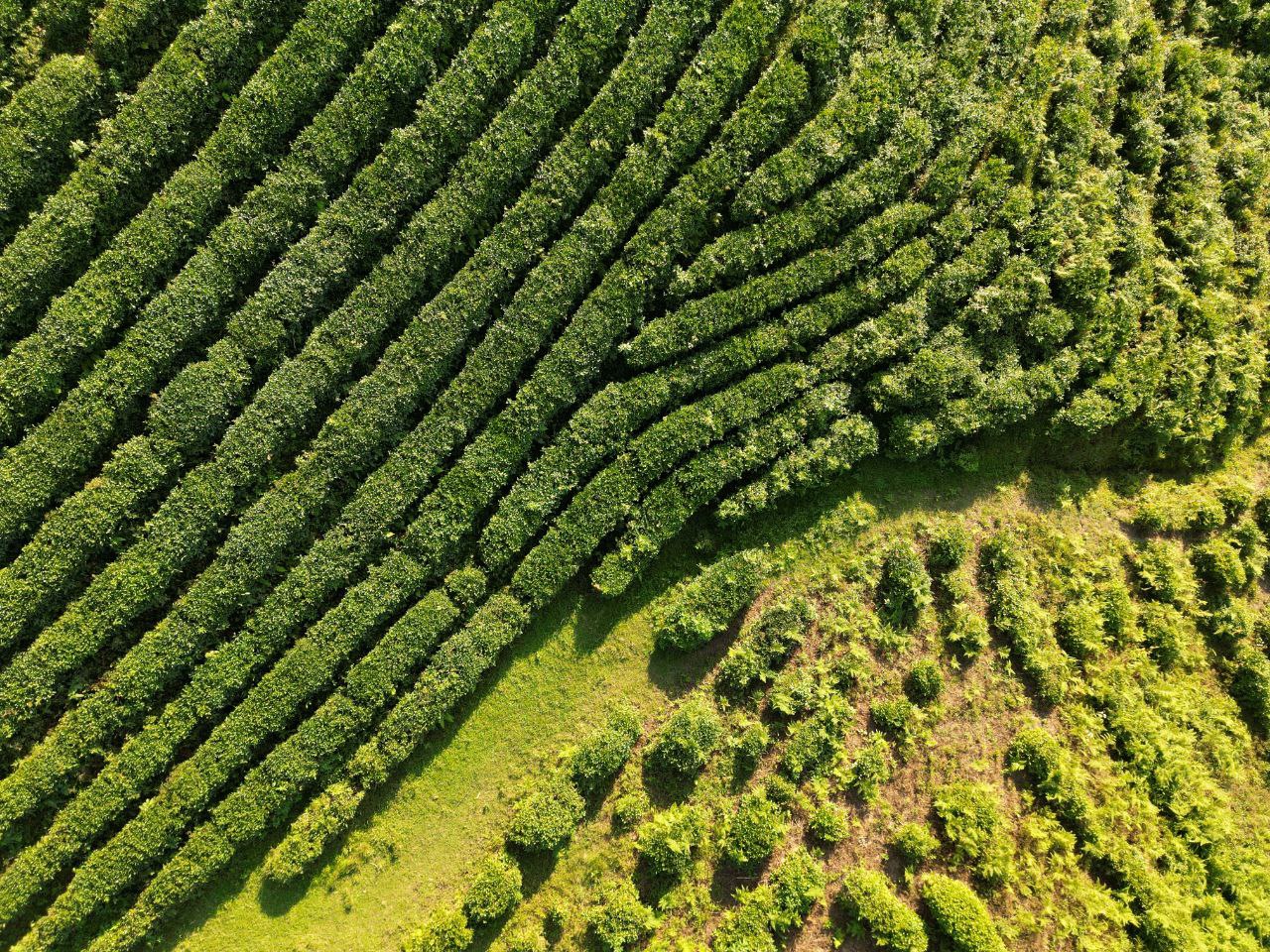for popular products
to all clients
in Russia and the world
from manufacturers

The "Tea Belt" is a tropical and subtropical zone between 10 north and 10 south latitude. However, tea production can be found much further north - in the Krasnodar region. At the moment, it is the northernmost point of growth of tea bushes. This is possible largely due to unique weather and natural conditions - warmth, special soil, the necessary level of humidity and a mild climate. Together, these factors make it possible to grow tea, which is characterized by a special aroma and taste.
The origin and development of tea industry in pre-revolutionary times
The history of tea in the Krasnodar region began in the 19th century. The plant came from Georgia, where it took root well, then there were fruitless attempts to grow it in Crimea. In 1878, gardener Reinhold Garbe brought tea bushes grown in Sukhumi. They were planted in the Mamontov estate in the city of Sochi. Unfortunately, the plants were unable to successfully survive the winter. In 1884, bushes were brought here from China, and they suffered the same fate. Similar experiments were conducted on the territory of the Sibiryakov dacha in Tuapse and Trubetskoy in Dagomys. As a result, scientists found out that tea cannot grow in areas located north of Abkhazia.
However, this statement was refuted. Judah Koshman had experience working on Georgian tea plantations. In 1901, he came up with the idea of planting a plant in Solokh Aul, a village located 30 km from the city of Sochi. Koshman planted 800 bushes. This is how the history of Sochi tea began. At first, caring for the bushes, which did not bring any benefit, was not easy. Judah had to face misunderstanding and ridicule from his neighbors. In addition, times were difficult - hunger, thoughtless laws, resistance from the authorities.
The main reward for all the difficulties was the tea itself, which turned out to be unusually tenacious. In 1906, Koshman got his first harvest. Just 7 years later, he was sent to the St. Petersburg exhibition "Russian Riviera". In 1923, he received a gold medal at the Moscow agricultural exhibition - for the world's northernmost tea from Sochi.
At the same time, the situation for Judas was not very rosy - prizes and awards were replaced by persecution, territories for expansion of plantations were not allocated. Because of this, he produced only 50 kg of tea leaves per year. The profit was also small, but Koshman did not leave his business. In 1923, he created a local seed base. They were used in industrial tea plantings in 1936. The plantations occupied an area of 150 hectares and were located in the Lazorevsky and Adlerovsky districts of Sochi, but they belonged to the state.
The Soviet period of the history of Sochi tea
Serious development of Sochi tea began in the Soviet Union era, namely in the post-war period. The area of plantations was thousands of hectares. In 1940, the Dagomys tea factory was created, and in 1953, the Adler tea factory was completed. From the mid-20th century to the 70s, detailed research was conducted in the field of tea. Moreover, scientists from the USSR helped the Chinese with advice during the creation of Dian Hong production technology. Tea state farms were organized in Goytkha, Solokh Aul, Verkhnyaya Khosta, Lazorevsky, Verkhnyaya Matsesta and Dagomys.
Tea Plantation Testing
It is especially worth noting the special role of the Sochi Experimental Station, today known as the All-Russian Research Institute of Floriculture and Subtropical Crops. The employees of this organization were responsible for the creation of 30 experimental geographical areas throughout the country. These include: Moscow, Armyansk, Tula, Neftegorsk, Maikop, Apsheronsk, Goryache-Klyuchsky districts. For 9 years, the head of the experiments was N.M. Vilchinsky, and A.D. Alexandrov was responsible for the methodological and practical part.
As part of the institute's activities, about 722 hectares of tea plantations were established, which became the basis for production tests. Seeds were also sent to members of young naturalists' circles and amateur gardeners. In 1946, new experimental geographical areas were founded. They were located in the eastern regions of the North Caucasus, including the North Ossetian ASSR, Stavropol Krai, and Kabardian ASSR.
The Great Patriotic War caused serious damage not only to the plantations, but also to their study. After its completion, only 119 hectares were suitable for use, which were in a deplorable state. In the post-war period, work began to restore old plantations and develop new territories. Tea state farms were organized, reconstruction was carried out and new factories were built.
The Soviet product was exported to other countries of the world, and the profit for tea per year was calculated in billions of rubles. The third place after Azerbaijan and Georgia in the USSR was occupied by Krasnodar Krai. Large state farms were united into the production association "Krasnodar Tea" in 1972, with the exception of Goytkh. The All-Russian Research Institute of Floriculture and Subtropical Crops provided production with the necessary scientific base. As part of its activities, "Science Days" were held, to which agronomists, leading production workers, and foremen were invited. They were shown the latest achievements and developments in the scientific field related to tea.
By the end of the Soviet Union, the situation was worse. According to the government, it was impossible to depend on exports, and tea production volumes were constantly increasing. In pursuit of quantity, the quality of the products was significantly reduced. Since the 1980s, new technologies were not introduced anywhere except Matsesta, and tea was produced on outdated machines. The economic conditions of perestroika and the hungry 1990s also made their negative contribution, but tea in Russia survived.
Since the early 90s, tea production enterprises have been transformed into joint-stock companies. For example, Matsesta tea, Krasnodar tea, Solokhaul tea, Dagomyschay, Khostachay, Adler tea agro-industrial partnership and Shapsug tea. Factories in Matsesta and Dagomys remained active.
Modern period and famous manufacturers
Today, there are six companies operating in Sochi that specialize in growing and producing tea. These include:
- JSC "Matsesta Tea"
- JSC "Adler Tea"
- CJSC "Dagomyschay";
- OJSC "Solokhaul tea";
- JSC "Shapsug Tea"
- JSC "Khostachay".
There are also a number of private entrepreneurs. Compared to the 90s, the state of the industry has improved. However, it is still far from stable: in Soviet times, 1.42 hectares of land were allocated for growing tea, and today only 591 hectares are used for this purpose. The remaining lands are not used or become dumping grounds for household waste.
Sochi tea is a frost-resistant hybrid of Georgian and Chinese plants. There are not many natural differences between them. However, the technology of collecting and producing leaves in Georgia was violated back in Soviet times. So, tea could be collected by combine, and even during the rain. Russian tea was and is collected by hand, so its quality is higher.
In 2019, the standard of "Krasnodar tea" was established at the regional level, and a proposal was made to do the same at the federal level. Thanks to this, the leaf content in the blend will be determined. According to the proposal, 100% is "Kuban Bouquet", 75% is "Extra Tea", 60% is "Premium", and 40% and more is "First Grade".
Features of Sochi tea
Krasnodar tea has its own characteristics. These include a unique taste - a fishy shade. This fact is easy to explain: the lands near Sochi have a large number of minerals and hydrogen sulfide sources. Tea is sensitive to the characteristics of the soil on which it grows. The taste of "dried roach" is felt in premium leaves, the regular version is no different from similar products.
The advantages of tea from the Krasnodar region include its environmental friendliness. In winter, the bushes are covered with snow, which is not usually typical for the plant. This fact prevents pests from eating the leaves, so there is no need for intensive chemical treatment. The bush can grow for 120 years. The first tea bushes from Solokh Aul are still growing, blooming and producing seeds today.
Tea roots can reach 6 meters in length, they penetrate the soil and help the plant to hold on even on steep mountain slopes. The tea leaf for black, green, white and yellow tea is the same. The difference lies in the fermentation method and the features of heat treatment. It is possible to taste Sochi tea directly near tea plantations. For example, in Solokh Aul, Dagomys, Matsesta, Khosta.
In Solokh Aul, the estate of Judah Koshman has survived to this day; it is one hectare of land and two houses. One of them houses a museum, and the other has a teahouse with pancakes. They offer kiwi, feijoa, tangerine, persimmon and blackberry jam for tea. You can choose the type of drink - "regular" or "keemun". Behind the house, on the plantation, Judah's mother tea bushes grow. The territory of 1,300 square meters is located at an altitude of 800 meters above sea level. Every year, a small harvest is collected to maintain the plants; it is no longer used for tea.
During the Soviet era, the village was an experimental base where new types of tea bushes were bred. The nearest factory was in Dagomys, where the harvest from 400 hectares of Solokhaul territory was processed. Today, only 70 hectares remain, there is a small workshop with an oven and old rollers. The Solokhaul Tea company is focused on tourists, excursions for them and retail sales of tea. Here you can buy green and red tea, as well as yellow in small quantities.
Every year, the Matsesta Tea Factory produces about 200 tons of leaves under the brands "Matsesta Tea" and "Krasnodarsky" since 1927. According to experts, the quality of tea from Sochi is unstable, but it is at a decent level. Thus, tea from Matsesta received gold at the exhibition in Shanghai and two gold medals for green and black tea "Premium" in Paris.
The Matsesta Tea company emphasizes the quality of its products and strives to establish them as premium. The full production cycle allows for control at every stage of the production of Matsesta Tea. The brand's management plans to obtain an Organic certificate, strengthen its brand position and enter large retail chains.
Near the city of Khosta there are also modern tea plantations in the village of Kalinovoye Ozero. The area is about 60 square meters. The main buyers of tea are Sochi residents who value their own production. The factory produces not only standard types: black, white and green, here you can buy oolong and yellow tea. The varieties of bushes have not changed since the 50s. Chemical fertilizers are not used - not only for environmental reasons, but also for their economic ones. But horses and piglets roam the plantation, thanks to which the soil is saturated with the necessary nutrients.
The oldest plantations in Sochi are considered to be those in Dagomys. They grow black and green tea. The factory's production volumes allow it to supply the product to large retail chains throughout the country.
Thus, such a variety as Sochi Harvest tea is not lost today and has excellent prospects for restoring the previous volumes of cultivation. The special taste and impressive history make it not only a wonderful exotic souvenir "from the sea", but also an excellent alternative to foreign analogues. Krasnodar tea is an example of human perseverance, a scientific approach and dedication to one's business, which ultimately turned out to be successful. The phrase "let's support our producer" in the matter of promoting domestic tea is especially relevant.
- Комментарии





